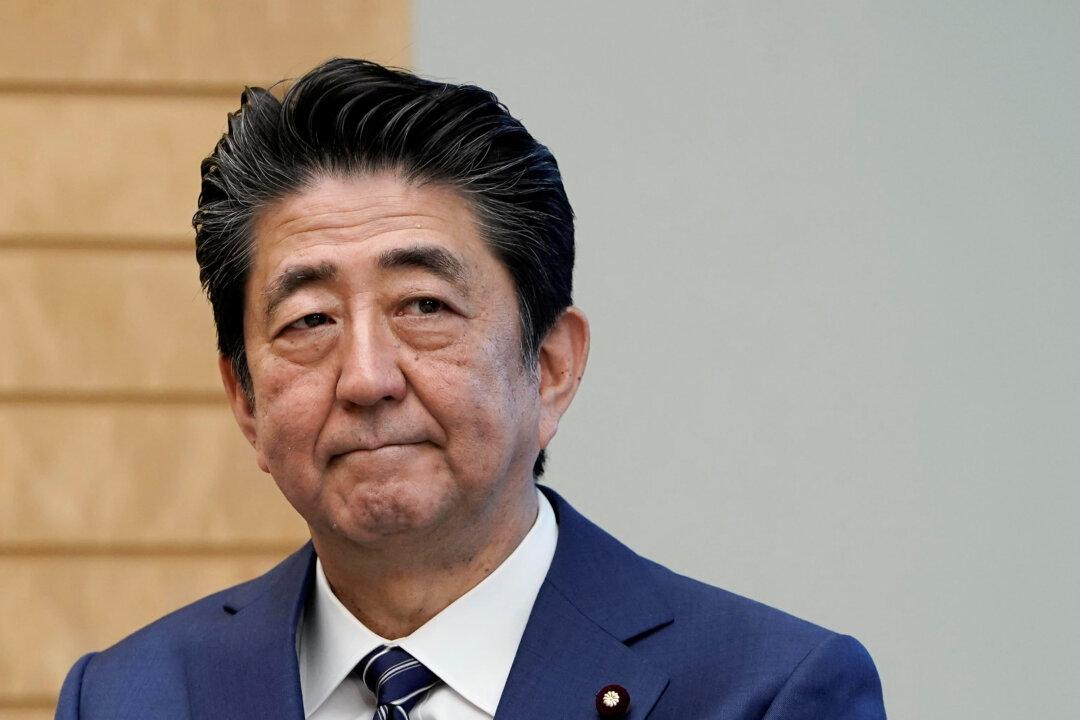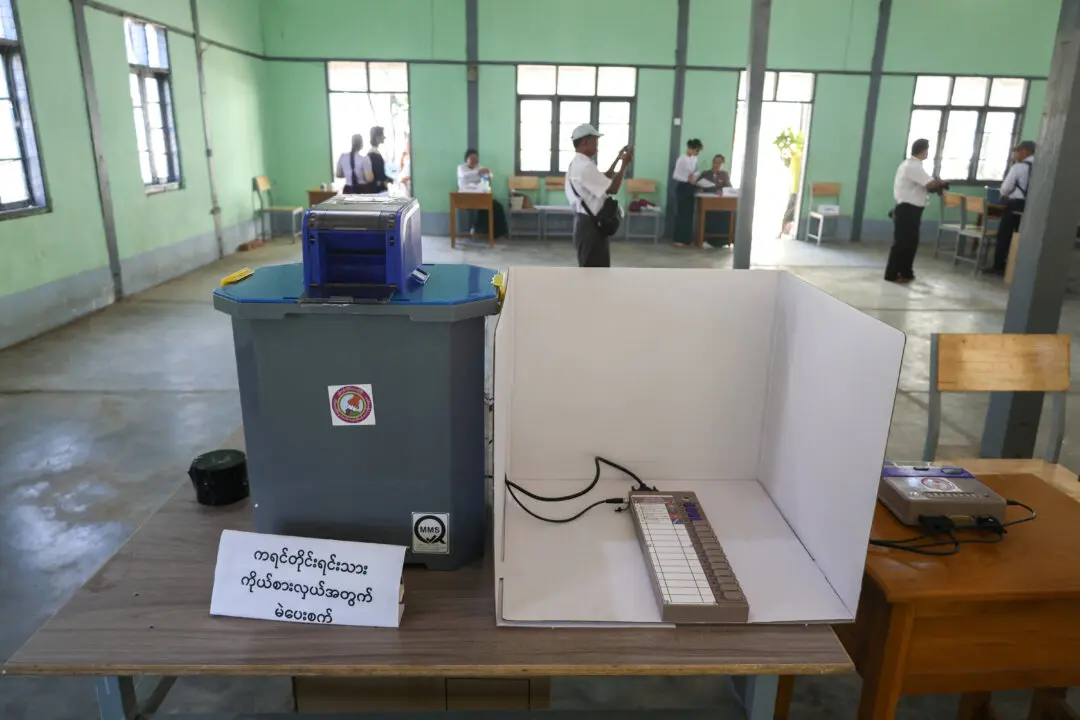Japan’s entire school system, from elementary to high schools, will be asked to close from March 2 until their upcoming spring break late in the month to help contain the coronavirus outbreak, Prime Minister Shinzo Abe said on Thursday.
The dramatic escalation of Japan’s fight against the virus follows rising criticism of what has been seen as a lukewarm government response.





